Chinoiserie Decor.
Anyone who’s read this blog for a few months or longer knows that I adore all things Chinoiserie. I mean, I just checked, and there are well over 200 posts that mention the word Chinoiserie. That’s nearly one-third of them!
That sure is a testament to how important I feel it is.
This post is going to explain its place in history briefly. And, also why Chinoiserie decor and furnishings are so terrific.
But, first, what IS Chinoiserie decor and furnishings?
Laurel, wait a sec. Are you trying to say that in nearly nine years, you’ve never done a post purely on Chinoiserie?
Well, yes, I have. However, it was back in 2012.
At the time, it was my favorite post. And yes, for its day, it was pretty splendid. Alas, now, when I look at it, I find it cringe-worthy. The text was a little ponderous, and most of the photos weren’t that great, either.
I’m in the process of redoing many of the old posts. Usually, I delete them as soon as I’ve created the new version.
Then, the old URL gets redirected to the new post. I have a plugin that makes that super easy for me.
The other reason for redoing old posts is to keep it fresh for Mr. Google.
He likes that. Plus, there are over 750 blog posts. This is a BIG website. I’ve been told that it is better not to let it get too much more extensive. So, the only way to do that is to get rid of the dead weight. This is the sort of information you’ll find in my Six-Figure Income Blogging Guide.
This guide is for anyone who has a website and wants to get the most out of it.
Okay, let’s move on and discuss what Chinoiserie IS?
Well, for those who don’t already know, the assumption that it has something to do with China is correct.
And, today, many items such as porcelains and furniture are manufactured in China. Or, if vintage or antique, sourced in China. Those items are definitely Chinese.
However, much of what we call Chinoiserie is European, not Asian.
Chinoiserie is a French word that refers to a EUROPEAN artistic style that reflects Chinese influence and is characterized by using a fanciful, romanticized version of how Europeans IMAGINED people in the far east to be and live. So, what we think of as “Chinese” is often actually European! Who knew?

Above, in this glorious painting by Francois Boucher, “The Chinese Garden, (Le Jardin Chinoise)” c 1742. This is an excellent example of fictitious rendering that artists like Boucher imagined life in China were like in the 18th century.
Please note that the painting characters look about as Asian as I did when I performed in The Mikado back in 1977.
Yes, I was in show business. If you’d like to learn some other inconsequential information about my youth, please go here.
But, getting back to Chinoiserie decor, I have a short story for you.
Years ago, I showed some of my favorite clients a Chinoiserie toile wallpaper I thought would be perfect for their dining room. Sorry, I can’t remember which one at this point. I probably sent them the image via email. On our next visit, I asked them what they thought of the paper.
Well, they thought the paper was wonderful; however, they wouldn’t dream of having anything on their walls with Asian people as some of their friends were Chinese, and they would certainly be offended.
At the time, I saw their point entirely. But, what I didn’t know then was that what was on the paper was a European’s fantasy bearing little, if any, resemblance to reality.

mid-eighteenth century painted silk panel – Chinoiserie wallpaper panel – via @nicolefabredesigns – Instagram
When and how did Chinoiserie begin? Well, remember that guy, Marco Polo?
In the 14th century, he traveled to the Orient by making several trips via the “silk road.” After a lengthy stay in China, he brought back not only silks, porcelains, and other exotic goods but also fanciful stories of pagodas, unusual dress, and an exotic race of people.
This incredibly intrigued the Europeans, particularly the English aristocracy, who grew to covet everything Chinese.
I’m not sure what happened in the gap years; however, Chinoiserie was all the rage in the 17th and 18th centuries.
Whimsical Oriental scenes with fantastical decorative details – Chinese people in elaborate robes with coolie* hats, long ponytails and mustaches, along with intricately detailed pagodas, layered with fretwork, bells, and tassels; or exotic animals such as monkeys, lions, and elephants in costume were all aspects of this fantasized depiction of Asian life.
* Please note:
Every time I mention the word, Coolie, I am met with one or two hateful folks chastising me for using this word.
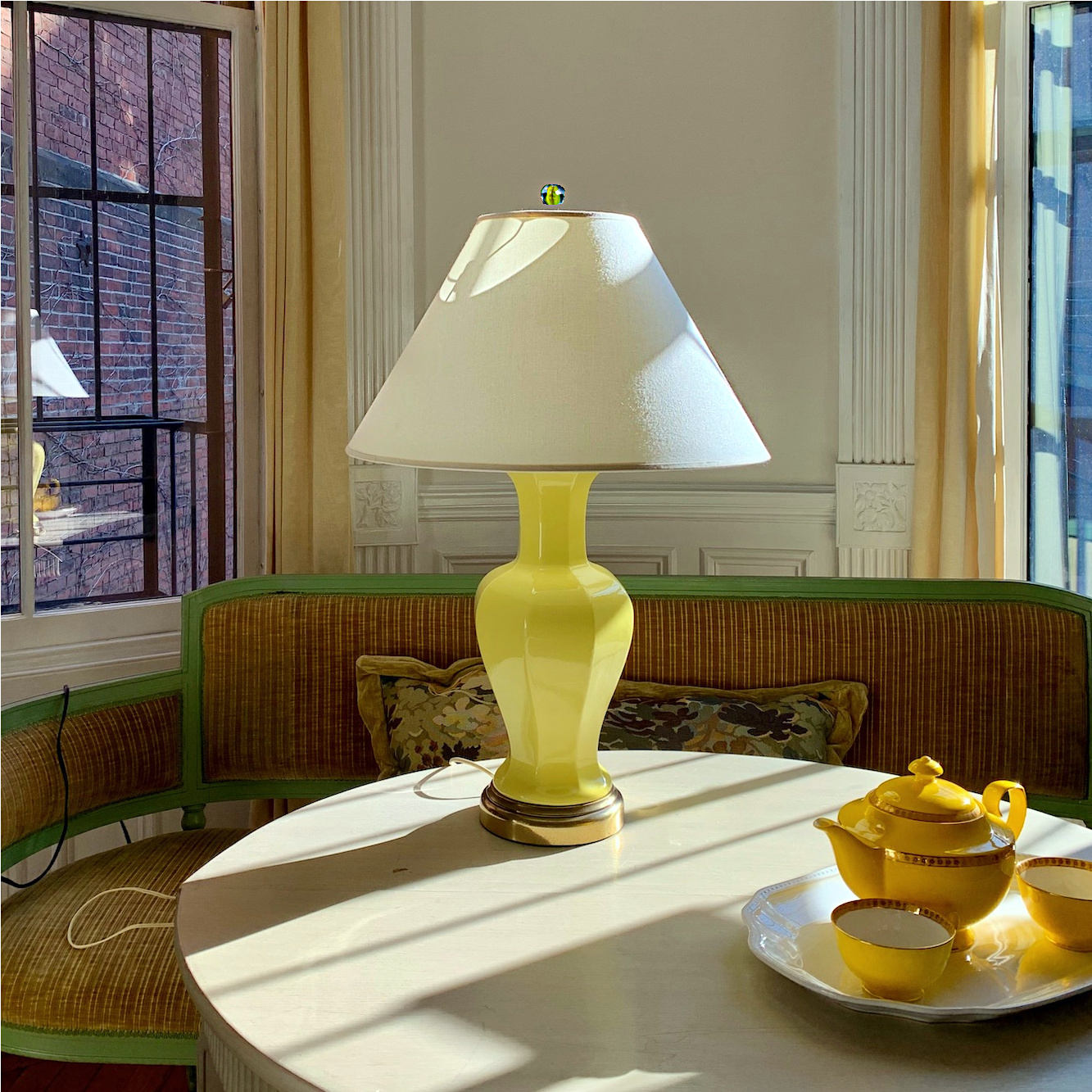
In this context, it is referring to the name of a HAT or a LAMPSHADE (like we saw here) and NOTHING else. Thank you to the two people who are planning on defaming me for staying silent. I very much appreciate that.
Chinoiserie is a broad classification of both traditional Chinese and the more modern European interpretation.
It also made its way into furniture as was first interpreted by cabinet makers such as Thomas Chippendale; subsequently, the term “Chinese Chippendale.” The fretwork designs also included the Greek Key pattern. Ahh.. but that is Greek. Actually, I believe that the Greeks probably stole it from the Chinese.
Today, Chinoiserie Decor is, again, wildly popular.
Chinoiserie is the foundation for the Hollywood Regency Style, popularized by such designers as Ruthie Sommers; however, most designers use Chinoiserie somewhere in their decorating. It is that popular and versatile and, of course, an enduring classic.
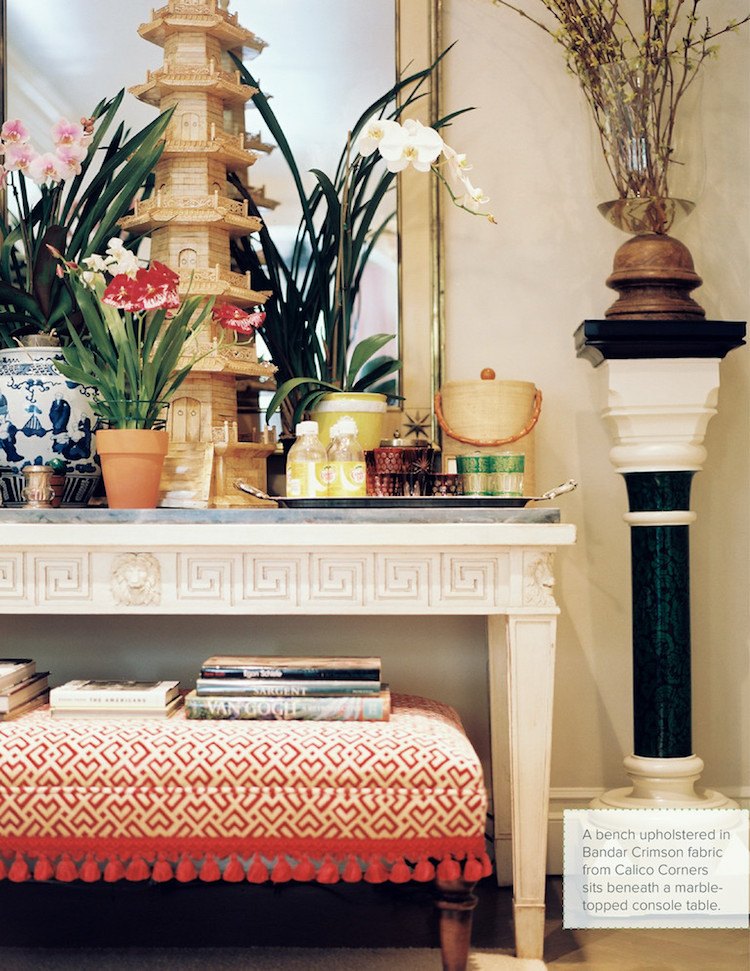
To sum up, Chinoiserie encompasses the following in Home Furnishings.
Porcelains – Porcelains are most commonly blue and white but can be multi-colored, green and white, or orange and white. Or solid colors. The porcelains can be vases, ginger jars, cachepot, planters, bowls, foo dogs, and other decorative accessories.
Related to the porcelains are ceramic and porcelain lamps, as well as lamps made out of metal (tole)
Fabrics – Chinoiserie fabrics have rung the gamut from geometrics to florals and Chinoiserie toiles.
Wall Coverings and Murals – Some of my favorite posts on the blog feature these gorgeous Chinoiserie wallpapers and panels.
Art –
Furniture – falls into different categories. There are antiques from China, as well as new reproductions.
(please click on any image in the mini widgets for more info.)

There are fine painted “Japanned” pieces with gold or other painted designs.

Also, some designers like Thomas Chippendale designed beautiful fretwork designs.

Some of them have been reinterpreted today in simpler forms, such as the Chinese Chippendale chairs, which are popular today.
So, what is so great about Chinoiserie decor and furnishings?
Oh, I dunno. I guess because it’s beautiful?
I mean, is that really a question? Yes, I asked it, but only so you’d click on the link. lol
Of course, you don’t have to like it. But, I bet that most of you do, even if you don’t know it yet.
Therefore, let me stop going on and on, and let’s look at some gorgeous room candy filled with Chinoiserie decor, furniture, and more!
This photo has been around for at least a decade. It’s actually a covered patio. Mary hit every note perfectly.
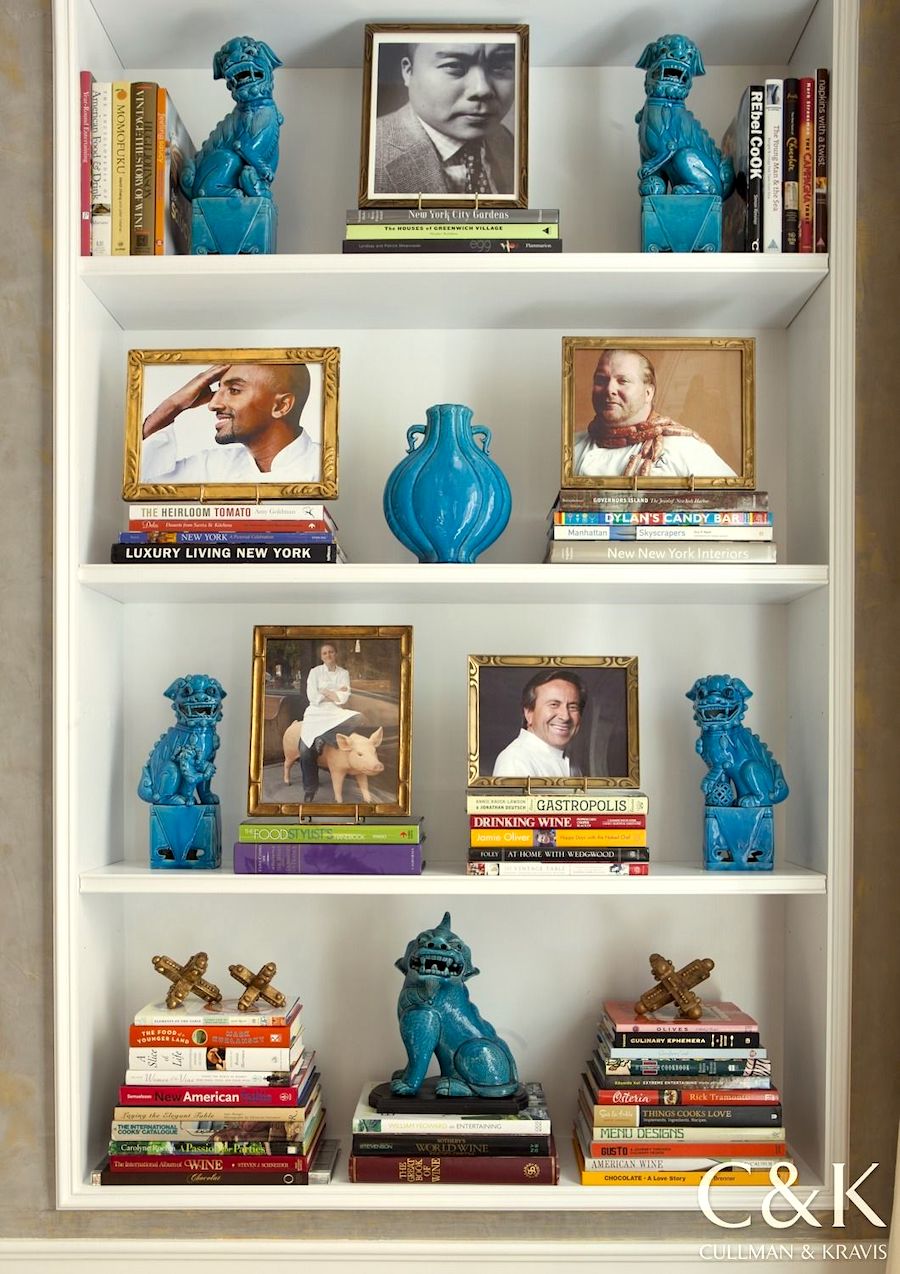
Kips Bay Showhouse Cullman and Kravis
This image was in the original post but not this one. I actually found a much better version with turquoise foo dogs. Turquoise doesn’t photograph well for some reason. They are even much greener than they look here.
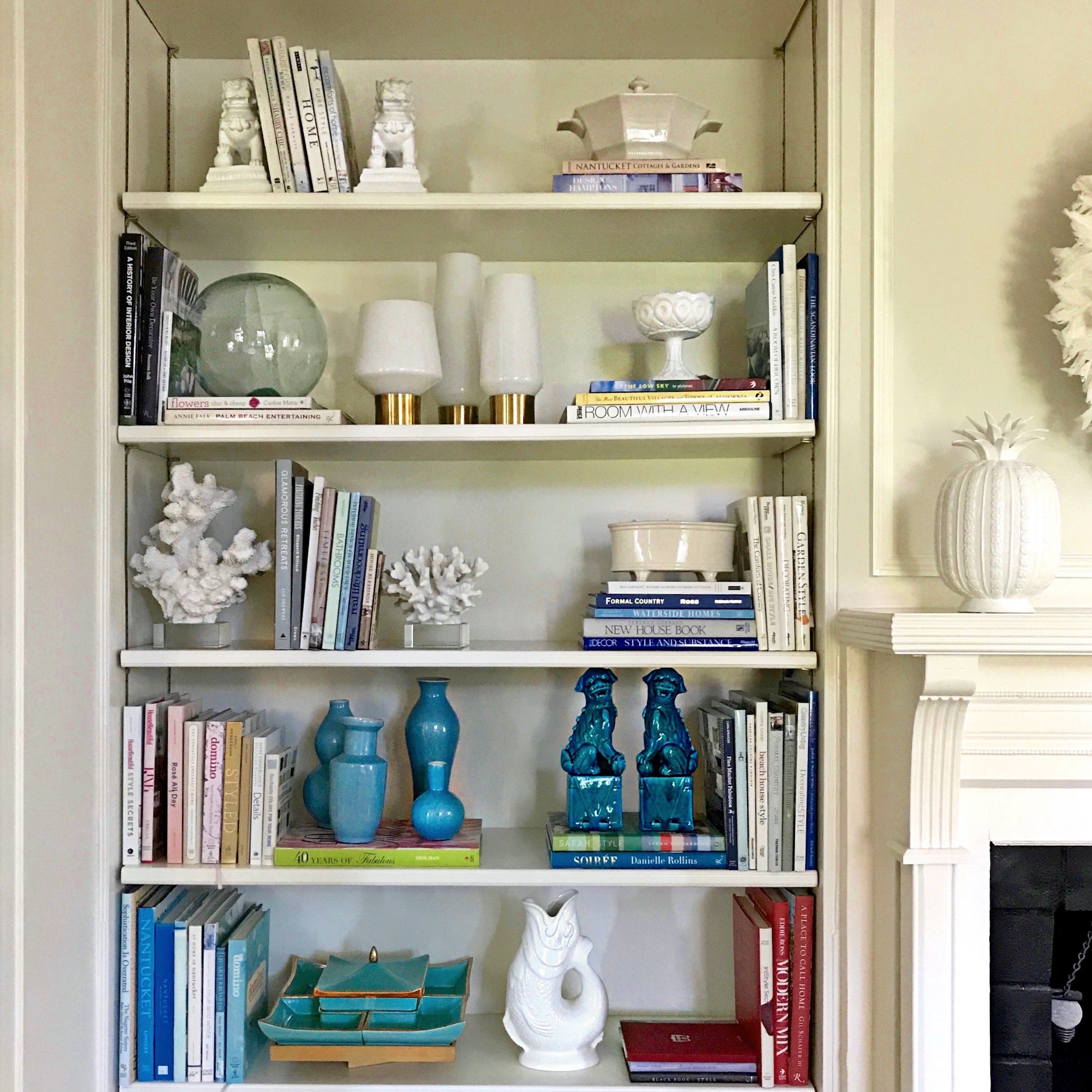 This is reminding me of Lotte Meister’s gorgeous styling.
This is reminding me of Lotte Meister’s gorgeous styling.
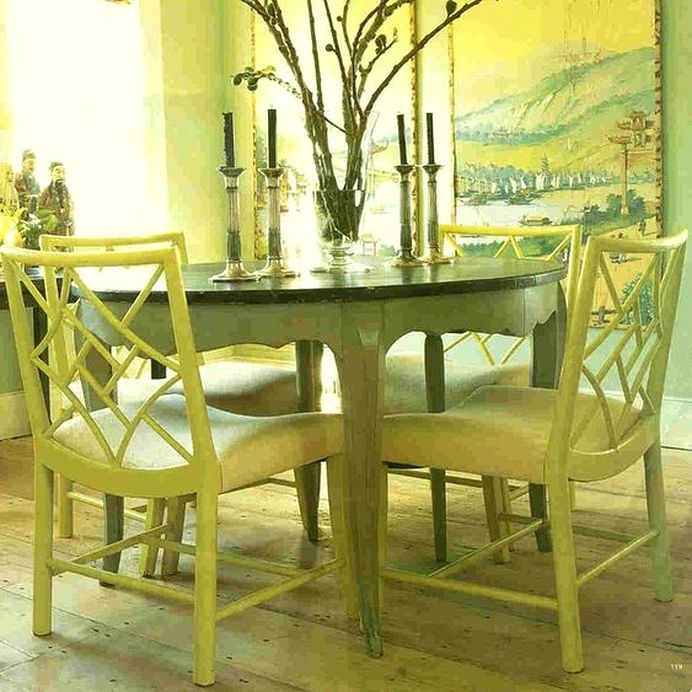
I’ve had this image for at least 15 years, maybe longer.
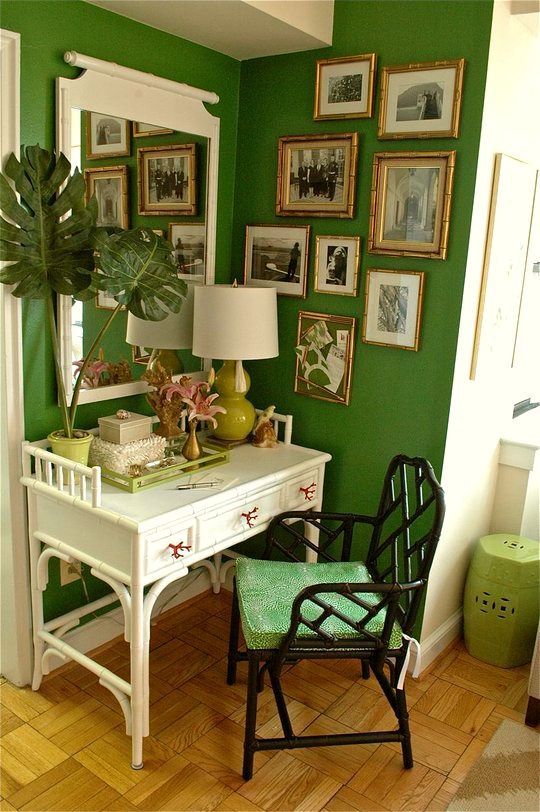
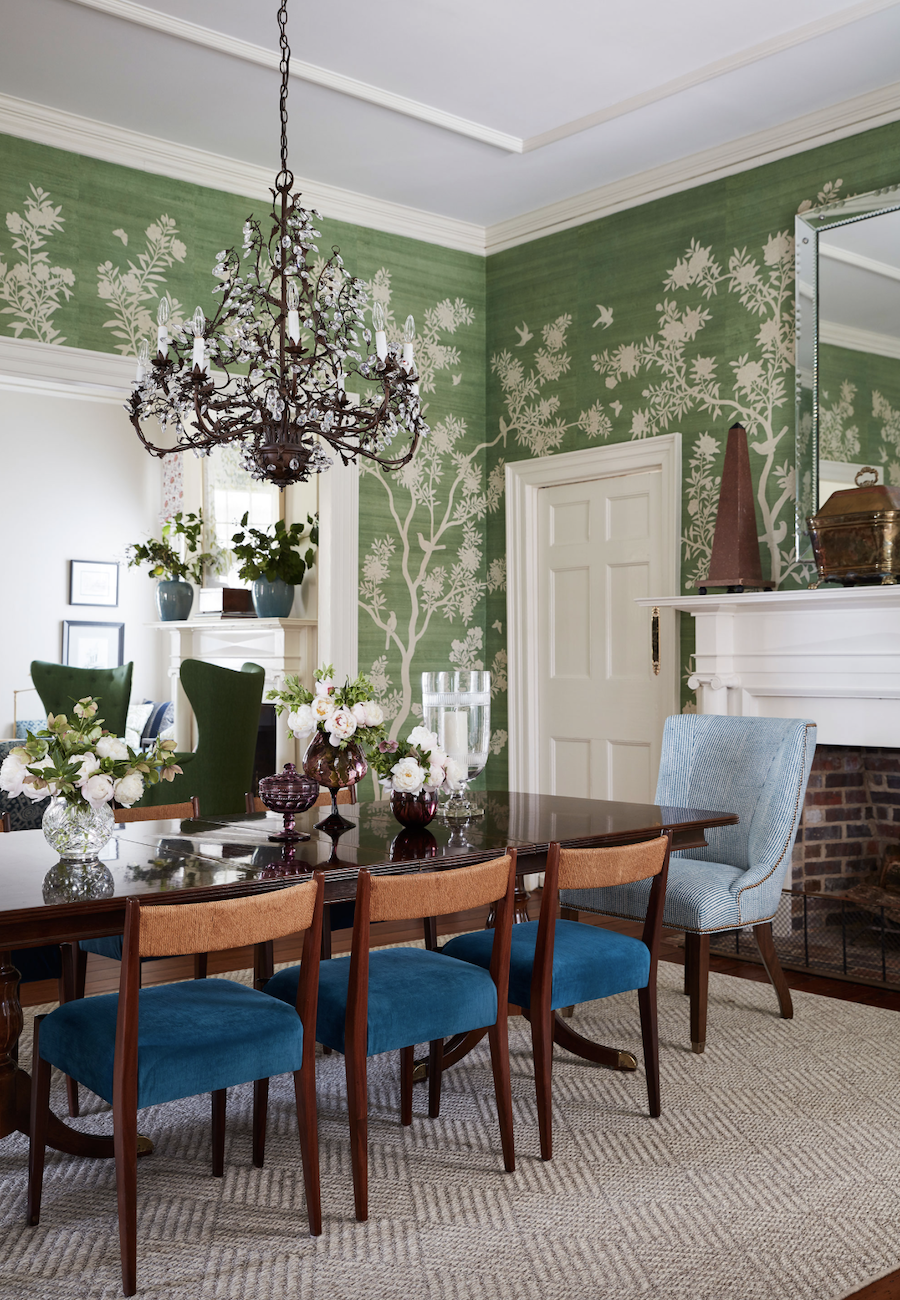
 blind fretwork table David Skinner antiques
blind fretwork table David Skinner antiques
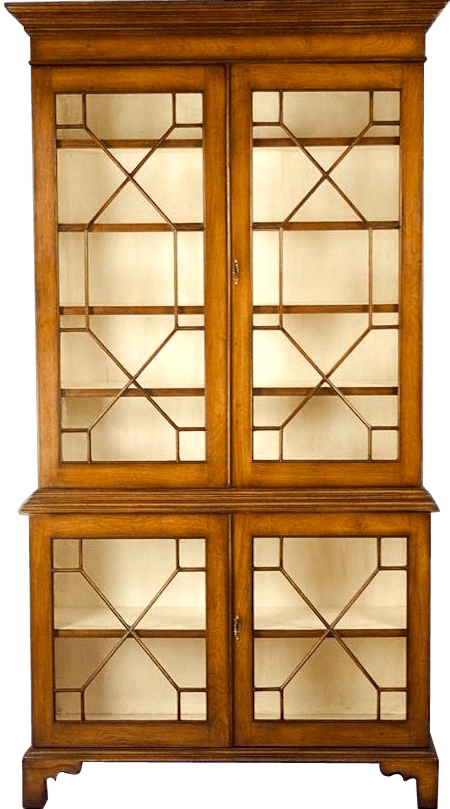
Chippendale Fretwork cabinet similar to the one I designed for this dining room

You can see more of the dining room here.
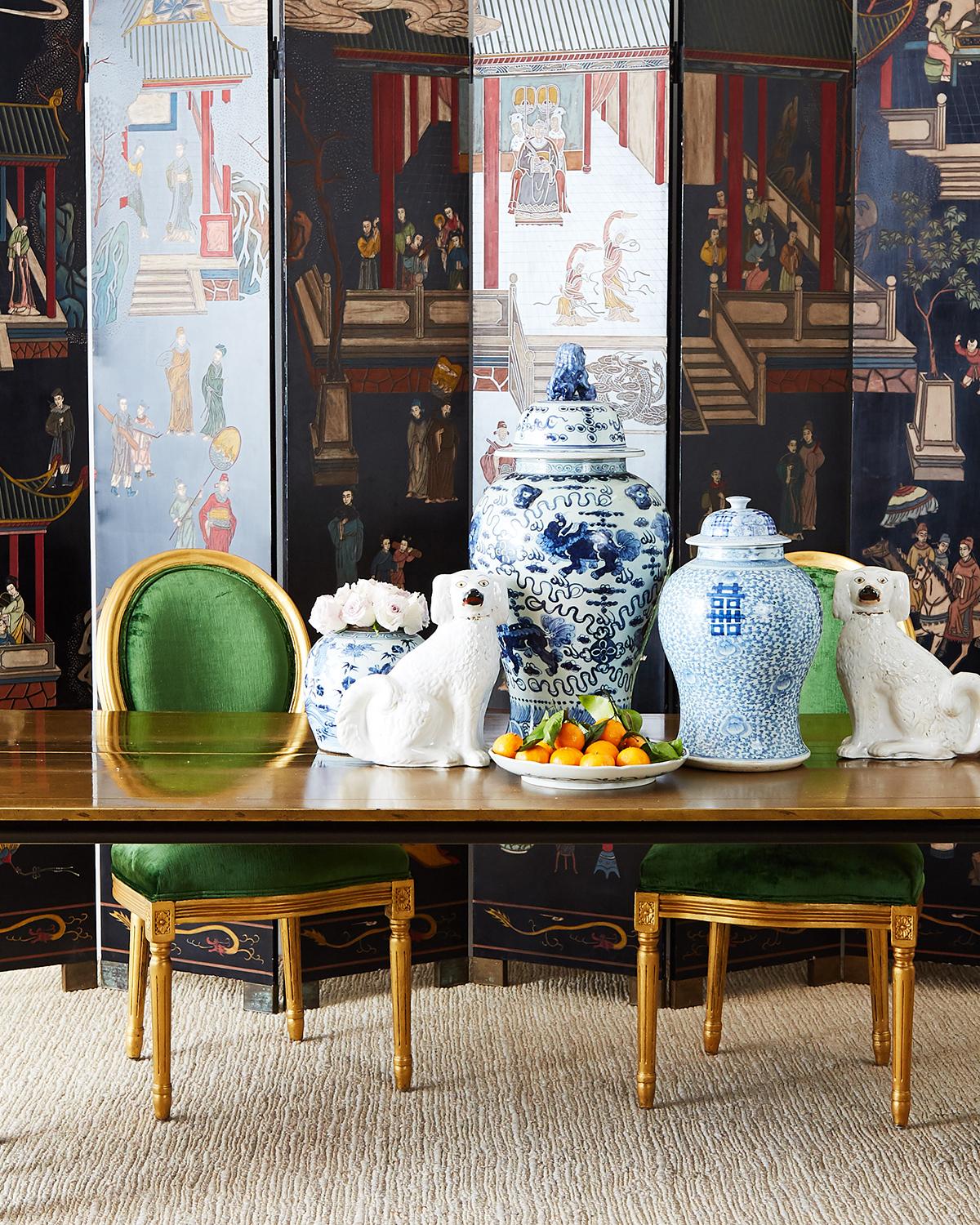
A wonderful mix of Chinoiserie, with English Staffordshire and French chairs
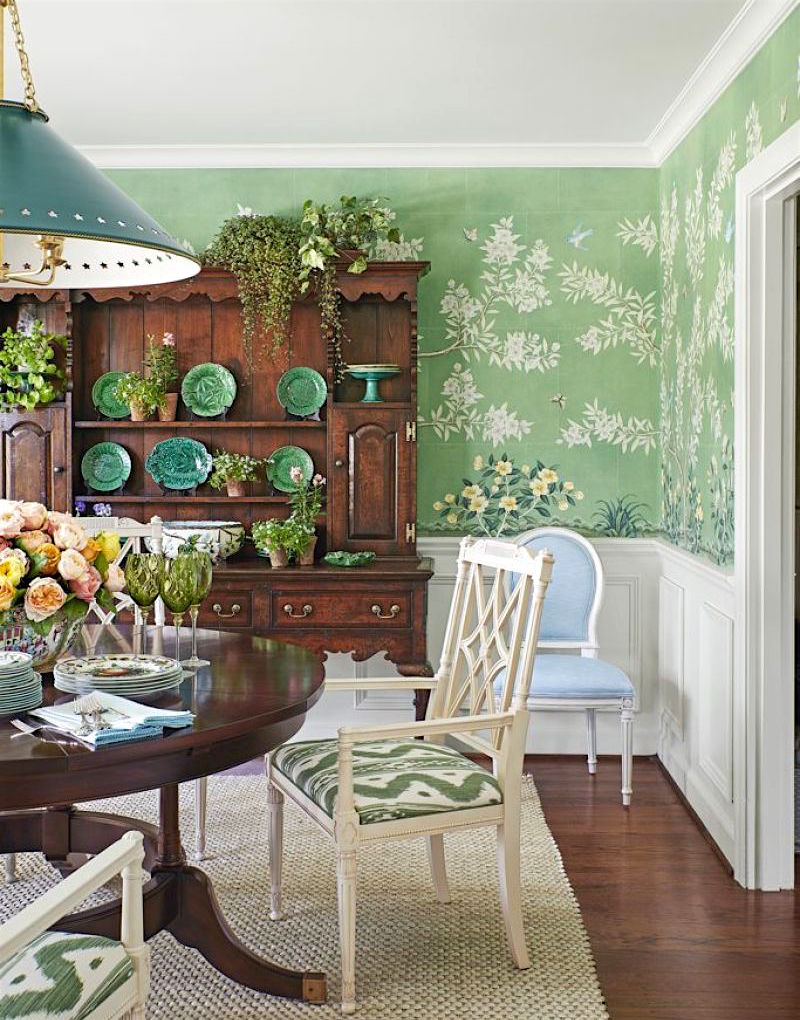
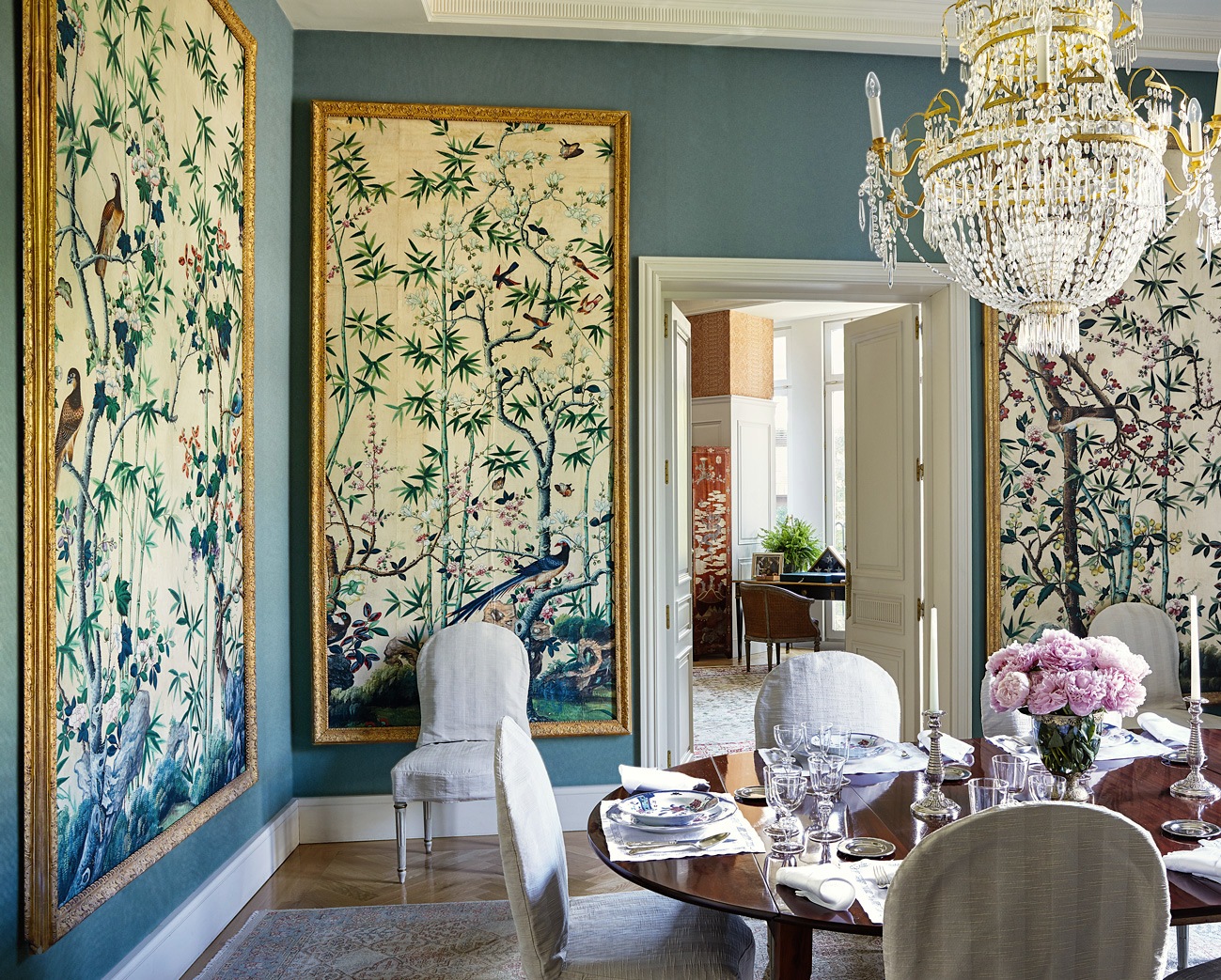
Michael-S Smith-Madrid – Photo – Ricardo Labougle – antique Chinoiserie panels
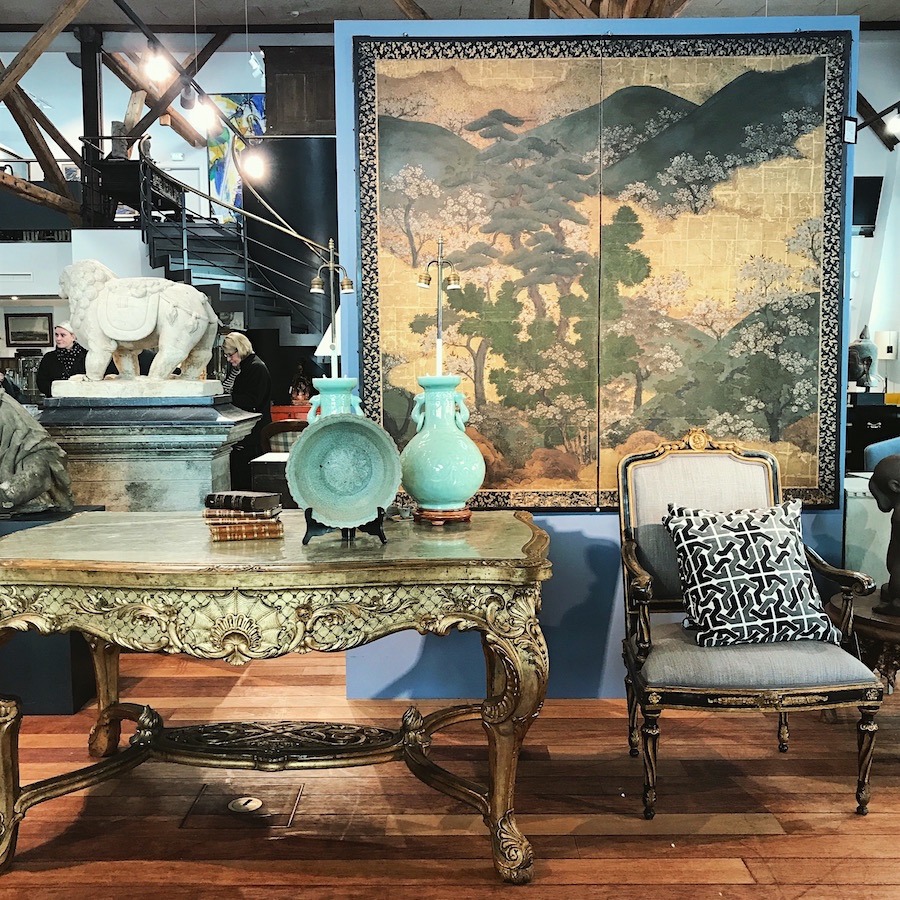
I took chinoiserie in 2018 from my trip to Copenhagen.
Remember when we were allowed to travel?
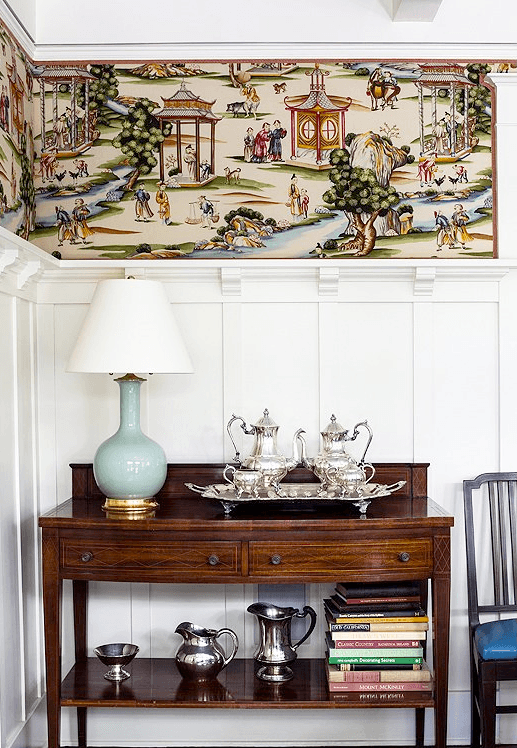
Megan Rice Yager – Scalamandre wallpaper
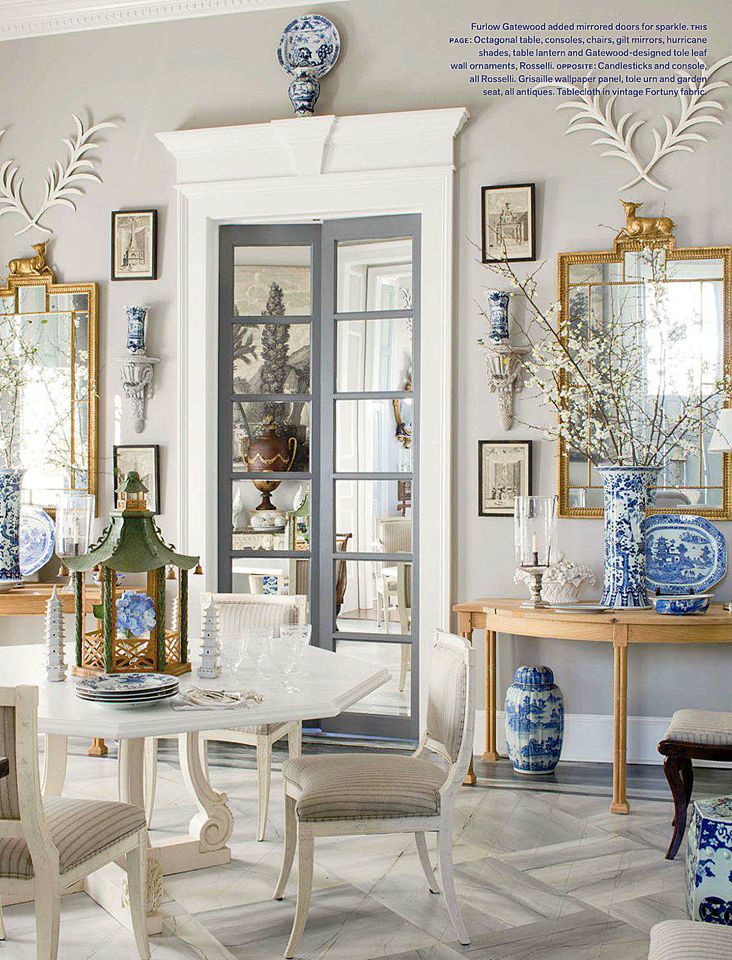
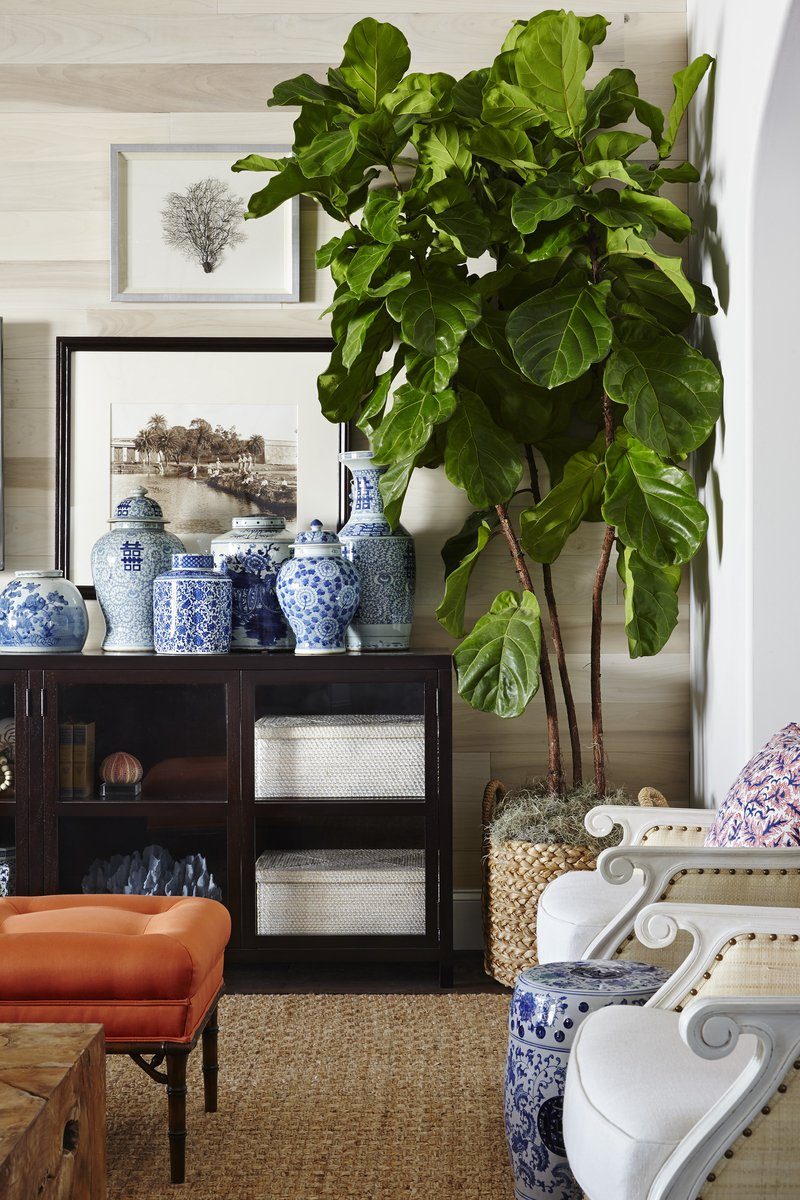
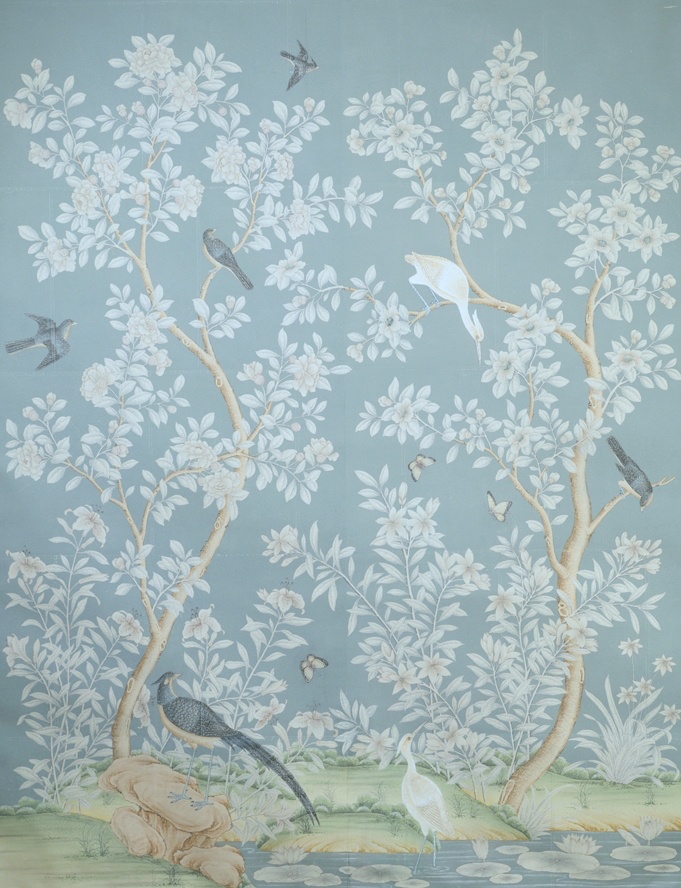

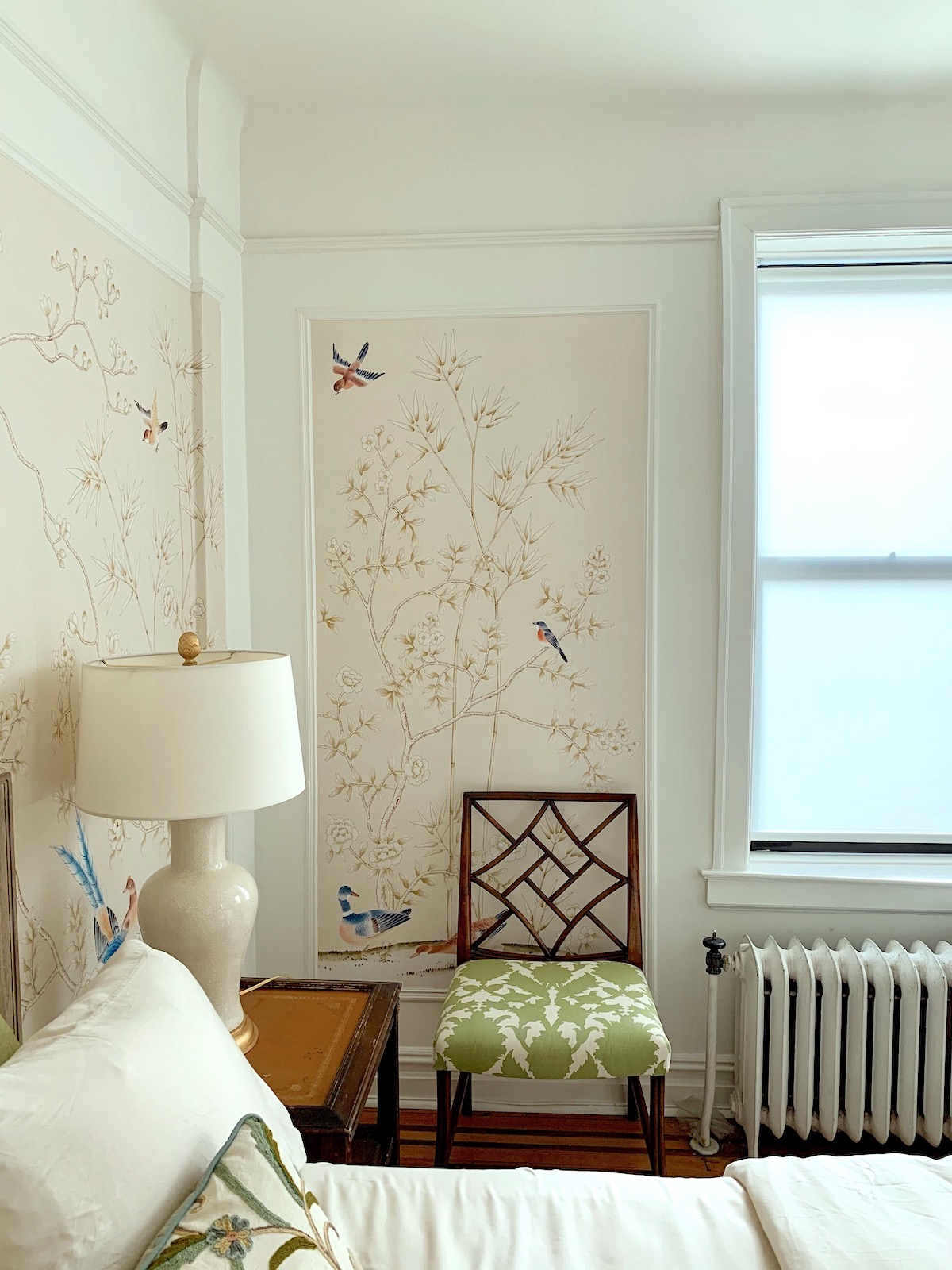
My old bedroom in Bronxville, NY, with The Mural Source wallpaper
For more of it, please go here.
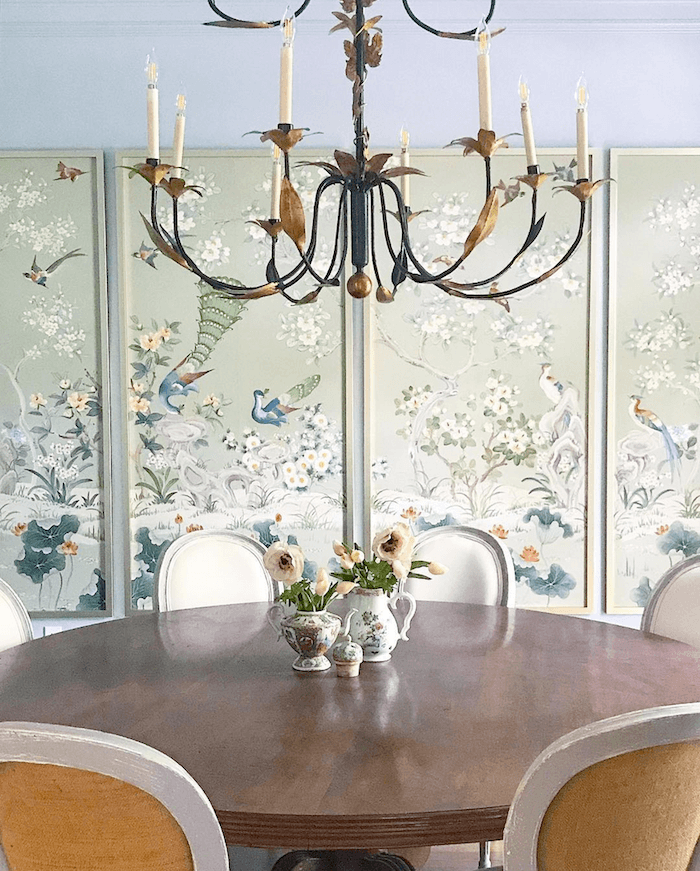
Jessicalevantiques – Jenniferbarroninteriors – chinoiserie wallpaper panels
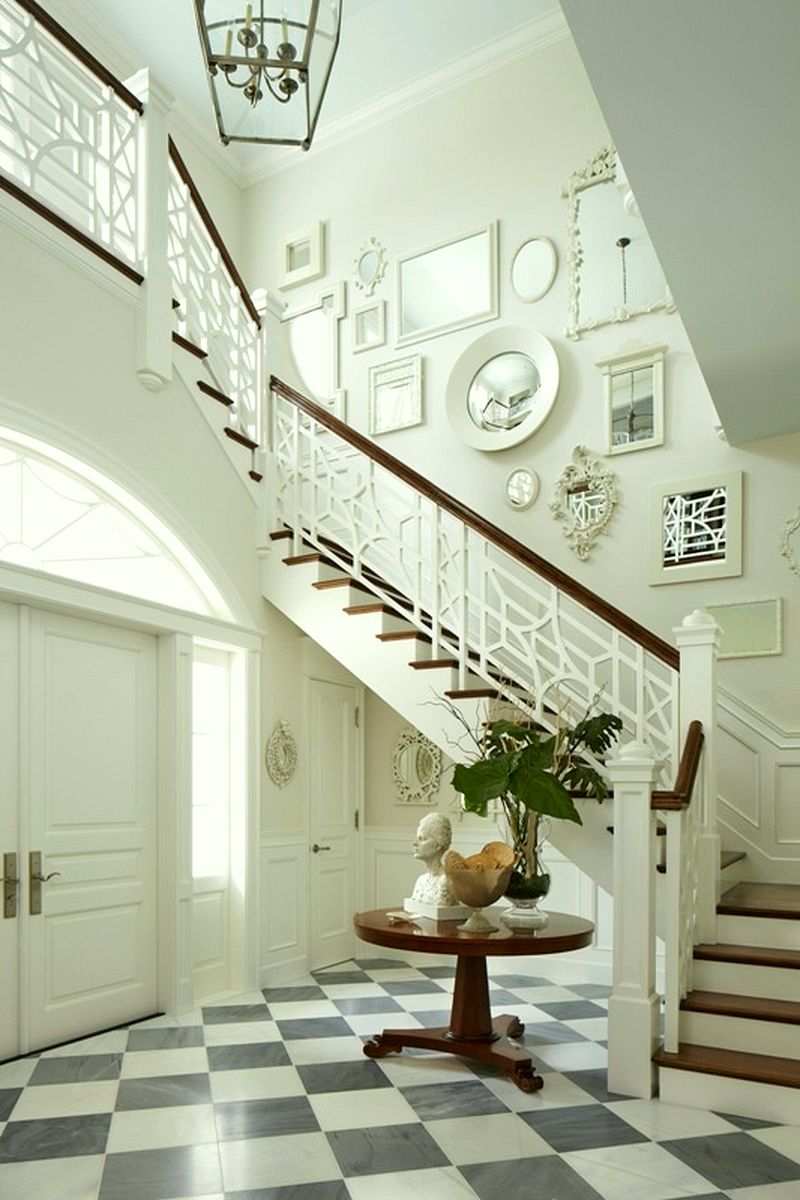
Source unknown, but that railing is meow!

Meg Braff-Chinese-Chippendale-fretwork-railing
Have you seen Meg’s shop on Chairish? I want everything in it!!!
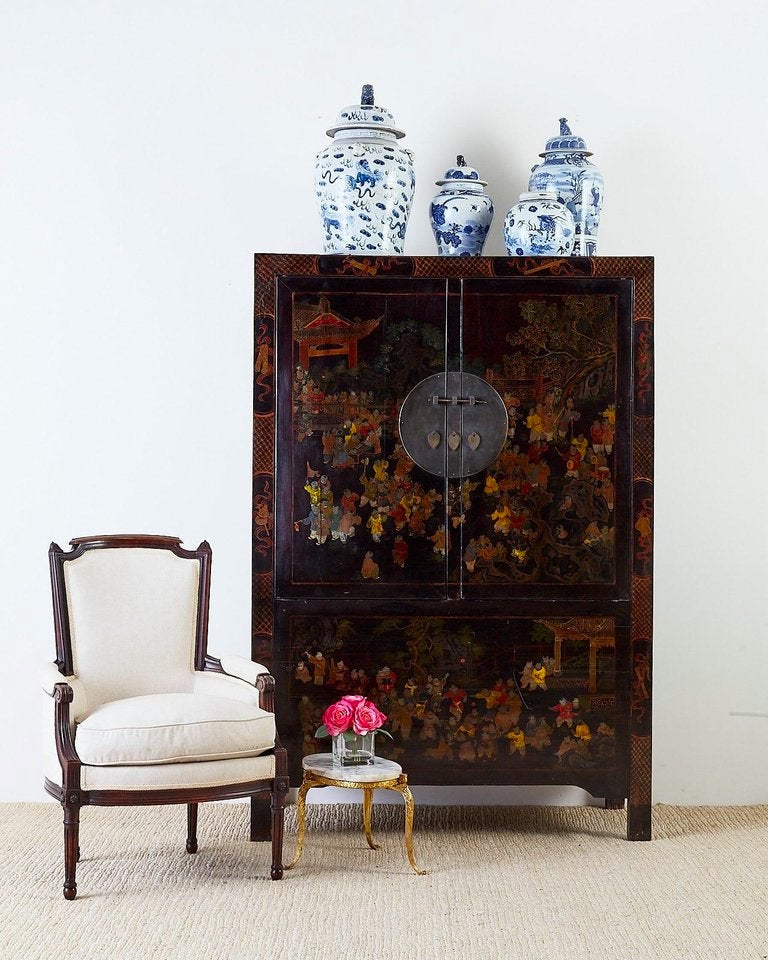
Chinese Qing Style Lacquered Wedding Cabinet Chest – vignette – ErinLaneEstate
Erin’s another unique shop on Chairish!
Below is a super widget filled with dozens of Chinoiserie decor and furnishings. For more information, please click on any image.

I hope y’all enjoyed looking at all of this as much as I enjoyed putting it together. These posts are a lot of fun for me. Frankly, I could’ve sat here for another hundred hours searching for beautiful Chinoiserie pieces.
You may also enjoy this post: What Happens When You Mix Chinoiserie with Gustavian
My Room Isn’t Blue Can I Still Do Blue & White Chinoiserie?
High-Low Furnishings + Sources & Secrets Revealed
Oh my! It’s DAYLIGHT SAVINGS TIME!!!
xo,

Please check out the newly updated, and it’s a BIG UPDATE on the HOT SALES page! And the Serena & Lily entire site sale! is ending at 11:59PMPT – March 15th!
***And, are you looking for Farrow & Ball paint? Did you know that you can buy it online? Yes, you can, and that includes paint, samples, AND wallpaper. Everything you need!***
Related Posts
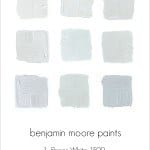 9 Gorgeous Benjamin Moore Cool Gray Paint Colors
9 Gorgeous Benjamin Moore Cool Gray Paint Colors Are Green and White Rooms Trendy or Passé?
Are Green and White Rooms Trendy or Passé? Easy (and affordable) Ways To Fix A Boring Room
Easy (and affordable) Ways To Fix A Boring Room He Loves The Phony French Country Kitchens
He Loves The Phony French Country Kitchens The Perfect Shade Of White Wall Paint For Oak Trim
The Perfect Shade Of White Wall Paint For Oak Trim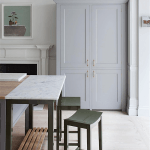 Breathtakingly Beautiful Classic Kitchens That Are Not White
Breathtakingly Beautiful Classic Kitchens That Are Not White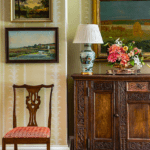 What If Your Room Plan Falls Apart In The Middle?
What If Your Room Plan Falls Apart In The Middle?



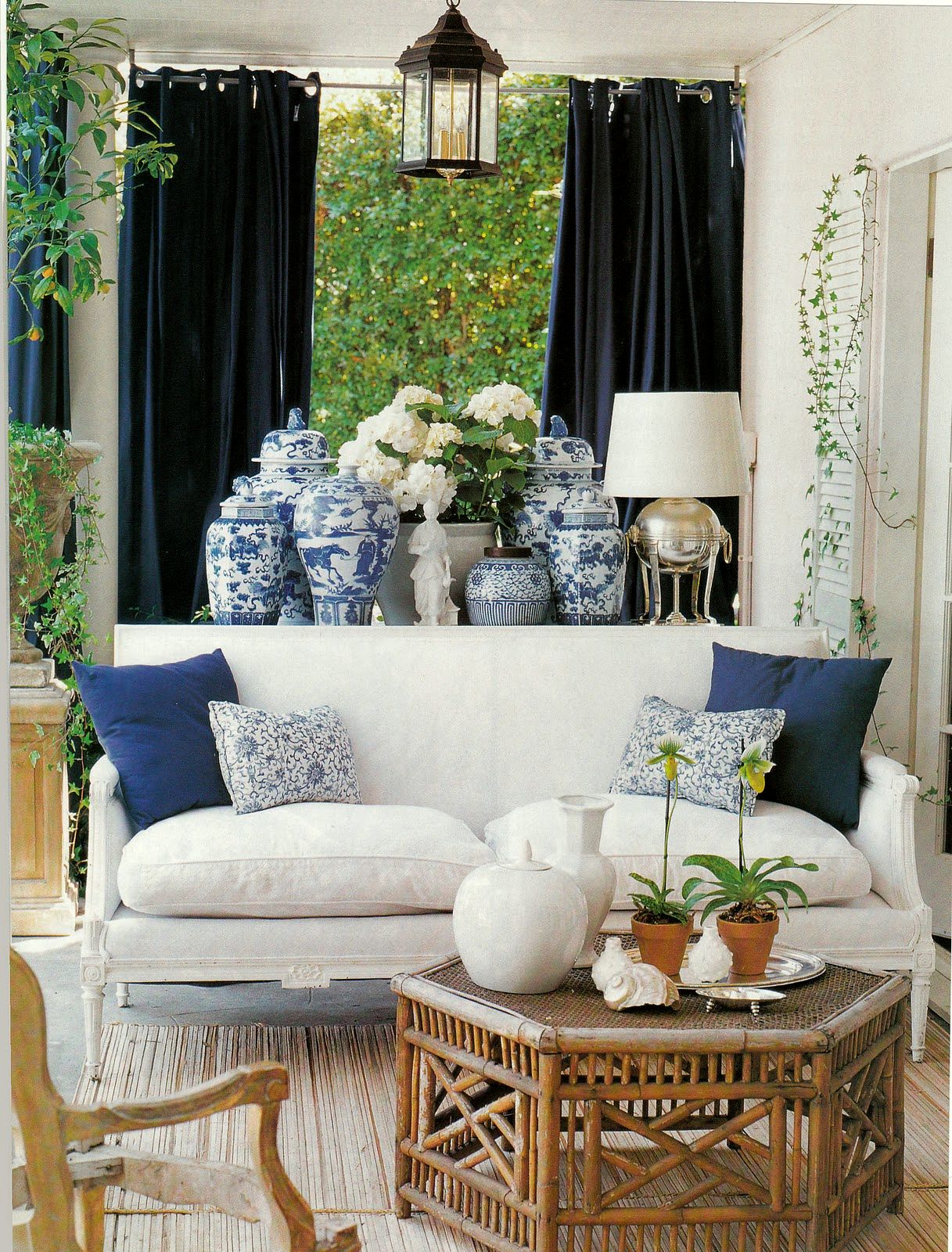



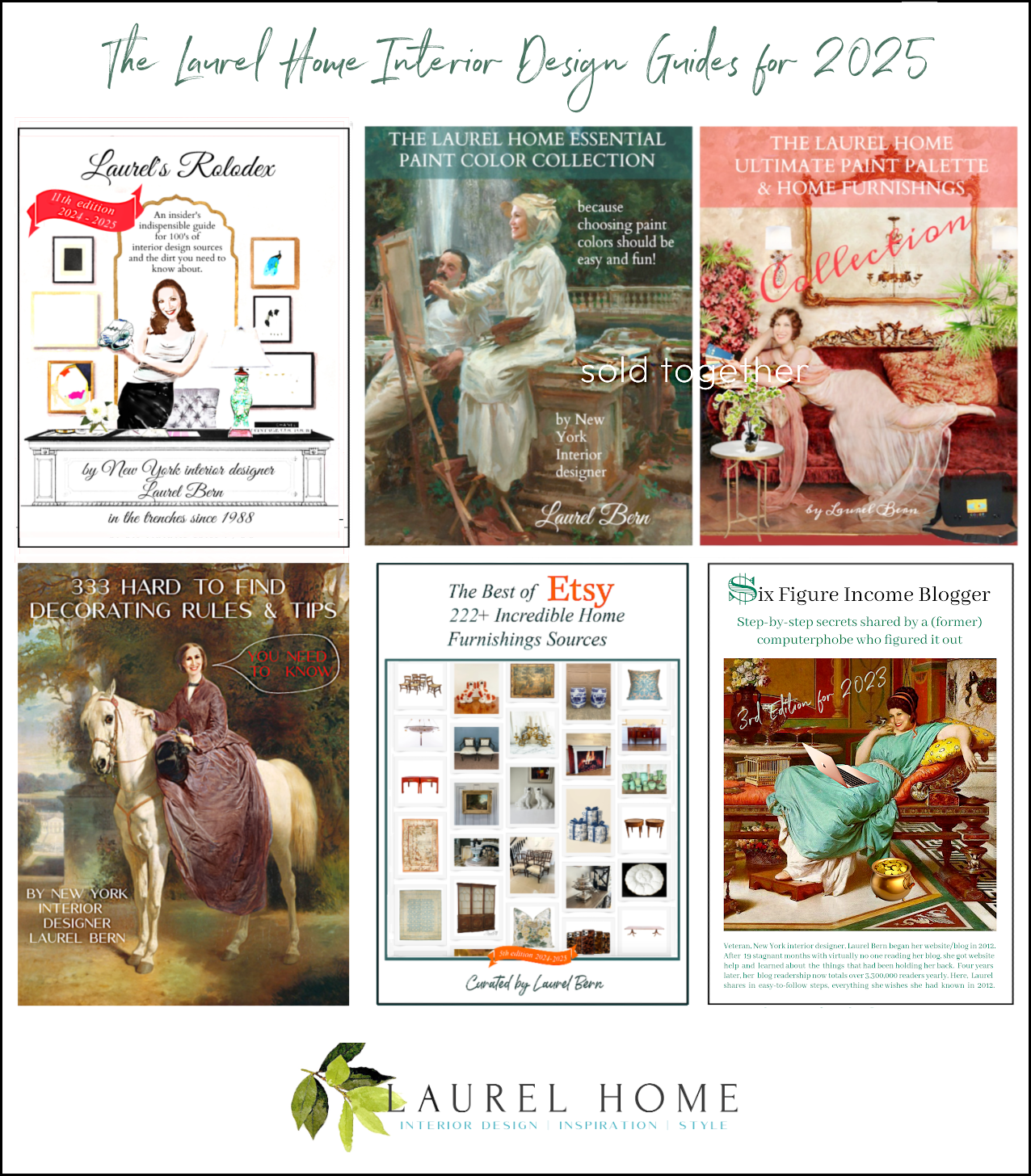

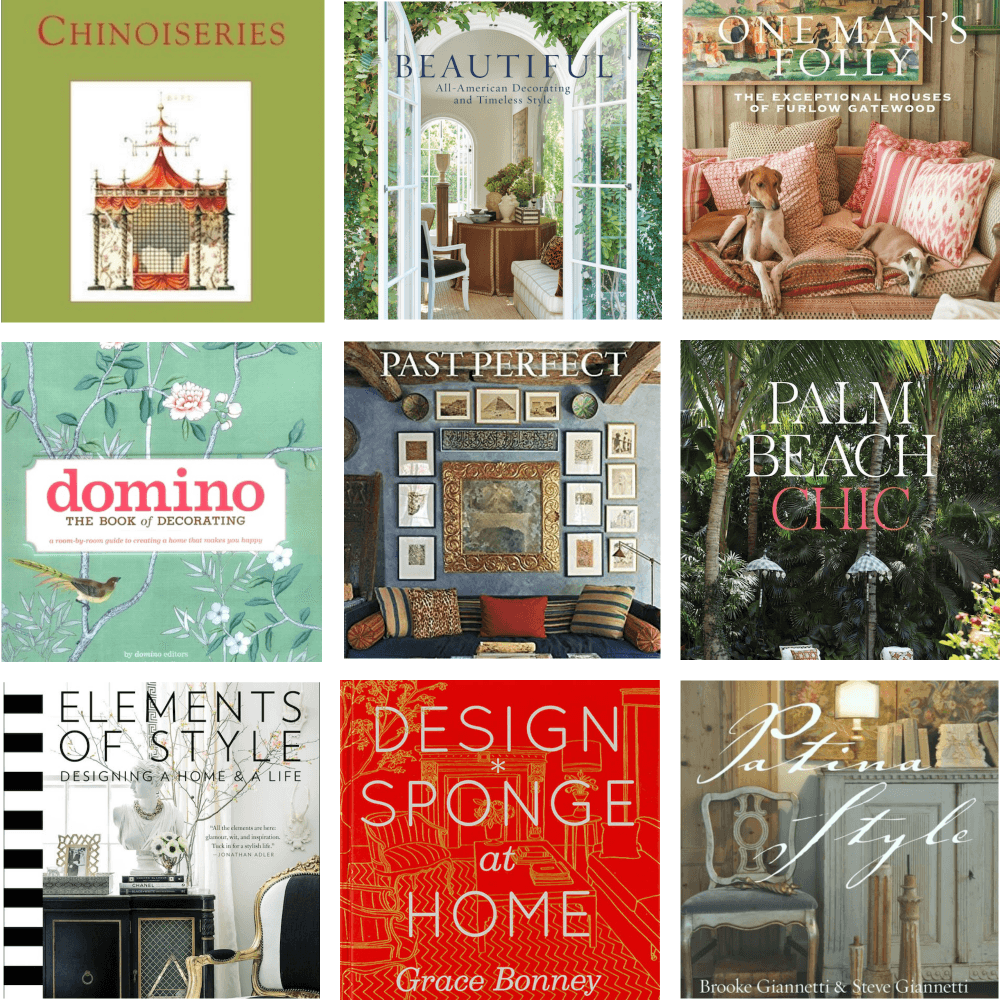

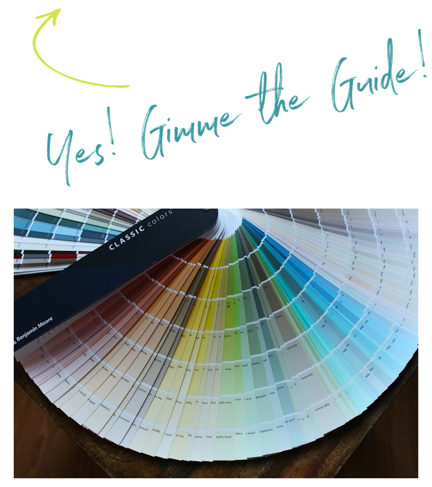
42 Responses
Here here!! It’s that simple! If you don’t like it, don’t use it, I’m in shock that this is even “a thing”.
I adore the nature motifs in chinoiserie but find the depictions of Chinese people problematic. I did a bit of research last night to help figure out why it bothers me and came across this paper that I thought you and your readers might appreciate. It’s a fairly in depth look at the social, cultural, and political impacts chinoiserie has had on Eastern and Western cultures over time. “ Porcelain, The Willow Pattern, and Chinoiserie” by Joseph J. Portanova, Ph.D.: https://www.nyu.edu/projects/mediamosaic/madeinchina/pdf/Portanova.pdf
What is your thought on mixing colors? I have several fab chinoiserie pieces (2 orange, one brown, one green) and grouping them together really doesn’t have the same feel as those million pictures of 5 blue pieces on a table.
Thank you, Dolores. On Sunday’s I too look forward to a respite from the conflict, unfairness and general meanness of the news. My favourite part of the morning, and a capstone to it, is enjoying Laurel’s delightfully diverting blog which celebrates creativity and beauty.
The unfortunate comments you received regarding the colie-hat shaped lampshades reminds me of the realtor who “corrected” me when I mentioned the “Indian shutters” in my 1812 New England house. He actually said, ACTUALLY said “native american.” I couldn’t respond but you might correctly guess that I decided not to work with him. Politically correct just gets stupid sometimes. Love your work; just ignore the negatives……Best wishes…a new follower.
Meant as a reply to RANDALL 🙂
Hear, hear! Thank you for your voice of reason..
I don’t tell you often enough, but I couldn’t imagine starting Sunday morning without a cup of tea while enjoying your beautiful blog posts. This one is no exception- I love Chinoiserie, and there are some Chinoiserie décor touches in every room of my house, from Le Lac toile curtains in the bedroom, to the blue and white Chinoiserie inspired curtains in the living room and dining room.. we sit on faux bamboo Chinese Chippendale chairs, and the rooms are lit by ginger jar of happiness lamps. There’s a collection of antique blue and white English, Chinoiserie inspired plates and platters in cupboard and on the walls, and we eat off of blue willow plates.. I could go on..
I can’t get enough.. 🙂
Beautiful post, Laurel! I have to wonder if the small percentage who have problems with people on decorative objects have ever been to China? I have and you see it everywhere…from museums to fine shops to street vendors. I have some blue & white porcelain pieces from my grandmother that I cherish. It never goes out of style!
I would guess that well over 99% of Chinoiserie does not show any humans at all. Of those that I have seen, primarily on fabrics, wallpapers, paintings and screens, almost all depict males from the ruling class and the warrior class, wearing colorful outfits. Women, when represented tend to be in more ceremonial garb, similar to Geishas, in fact, I believe Geishas are sometimes seen in what is called Chinoiserie, which is a little confusing to me. Also, on occasion we will see the odd person fishing or traveling along the road. In paintings these subjects may look Northern European. I see these figures as naive, romanticized stereotypes. Do we get upset about the depiction by Europeans of Classical Greeks and Romans? These are very innocuous, not unlike if someone from another world were to paint a picture of a crowd at Times Square. Would we rail about that? These Chinoiserie figures are on wallpaper for crying out loud. Most of the time they were prodiuced as exports from China and Japan by Chinese and Japanese people. Perhaps folks may wish to get some perspective. If one wants to get upset by prejudice, there are better targets, like for example how Black people have been depicted over the years. OMG, this is a design blog. The vast majority of Chinoiserie is benign and beautiful and I am so pleased that Laurel presented this to us.
Susan, this is not a rhetorical or sarcastic question, but a genuine enquiry. Could you explain why you call my misgivings “much ado about nothing”? I can think of a few different possibilities: maybe you disagree that the depictions of people in Chinoiserie propagate inaccurate stereotypes; maybe you disagree that inaccurate stereotypes are a problem; maybe you think the beauty of the work justifies the stereotype. Or maybe something else. Please explain, because I would like to understand you better.
Laurel, Thank you so much for this beautiful post! I too look forward to your posts each week. I have many pieces that originally belonged to my mother-in-law! I wish you could have seen her museum-styled home. Sotheby’s Queen! Absolutely beautiful! The many pieces we have, will not be of interest to our children. I might think to sale some, now that I have seen this post. Again, thank you for your beautiful website!
Those who seek to cancel will one day be cancelled themselves.
At the risk of sounding very ignorant I’m curious where the names of the jars came from and if they had a function before beauty? What does ginger jar mean? Was that a good shape for storing ginger? Despite my ignorance and curiosity I absolutely love the blue and white pieces and all their shapes, especially seeing them grouped together. And I’d love to be able to install the Gracie paper in my dining room!! That green room by Mark D. Skies is incredible. I have found though that I do really prefer the floral look compared to scenes with people. Like being in a magical garden!
Much ado about nothing, people…those of you complaining about people depicted on Chinoiserie. If you like it use it; if you don’t like it or it offends you, don’t use it! It really is that simple. No one is forcing it on you! Geez. And Chinoiserie is magical no matter what!
For years, I have loved Asia-influenced art and decor. What really speaks to me is the focus on birds and other wildlife. I have purchased so many pots – pictures – pieces of furniture at thrift stores and online that draw me in with their use of color, simple forms, and that emphasis on nature. I was not aware that “Chinoiserie” was a thing (let alone a trendy thing) until a few years ago – I was just picking up things that I liked. I do, however, find some of the depictions of Asian people to be crudely stereotypical — but for other images I’ve seen (esp. those created by Asian artists themselves), it’s made me try to find out where these figures come from. Are they from folk tales? Are they cultural icons? What about the brush strokes in the art? They are similar from artist to artist — what does that mean and why is the art created this way? What is the history behind it? I find the ideas and questions that these works inspire in me are what I love most about it. I think that truly respecting what your buying or hanging on your wall when it comes to “ethnic” art is understanding that there are people and history behind it. I don’t think these pieces should be treated as just mere decoration — beautiful and stirring as they may be. I’m not proposing we all get Masters Degrees in Art History, but recognizing the humanity behind the designs is a sign of respect.
Beautiful post! I’ve loved Chinoiserie detail in decorating, especially accessories, since I worked at a beautiful antique store, The King’s House, in Birmingham, Alabama, 40+ years ago. I’ll never forget a gorgeous red lacquered secretary cabinet we sold for $10,000. Our boss was so excited she took all of us out to dinner!
On a lighter note: is that a Gluggle Jug I spied on Lotte Meister’s styled bookcase? How fun is that?!
I hope I made it clear that I am supporting your position Erika. Not everyone who has posted has suggested that this style is okay. Indeed, understanding what parts of the style are, in fact, Chinoiserie is part of the problem. The people images are a huge no, no in my book. I looked up Chinoiserie in Wikipedia which indeed points to an entry on Orientalism. From wiki: “Since the publication of Edward Said’s Orientalism in 1978, much academic discourse has begun to use the term “Orientalism” to refer to a general patronizing Western attitude towards Middle Eastern, Asian, and North African societies.” Said’s book dates all the way back to 1978.
Laurel
Love your posts and blogs- I’ve learned so much even though I can’t afford most of your widgets. LOL I know in following you for years that you love chinoiserie-but Laurel I just don’t. Do you have a suggestion for a different style that could work in place of Chinoiserie? In particular pottery and accessaries that fit in with any type of decor. Thanks so much – Michele
I love your blog Laurel. I do think that understanding the style as a fantasy goes a long way towards defanging its damaging side. Also, understanding that as far as the representations of humans in this European style were firmly rooted in what Edward Said named “Orientalism” is important. That said, I have a lifelong love of Far Eastern art and philosophy. You will find reproductions of Chinese and Korean masterpieces in the form of museum posters on two of my walls, and a set of original Sumi paintings on a third. All three have great personal significance for me. Loving blue porcelain is easy as rolling off a log. Anne-Marie brings up necessary insights about all of this. This furor over Cancel culture is akin to calling MLK a revolutionary in the 60s — the death throes of something making a big fuss over a step forwards. Now, change is always difficult in some ways, so the furor will happen. And there will always be overreaction as knowing what TO do when you have been told what not to do is often very difficult.
Oh what a gorgeous post! It seems I’ve always had a touch of Chinoiserie in my decor. I have admiration, but it does require a measured hand to prevent a too theme-y room -as accomplished in the rooms shared. Thank you for the dreamy scroll of images, Laurel. And as always, for the education.
I have the same thoughts that you so eloquently expressed, Anne-Marie. A little Chinoiserie (sans people) goes a long way with me, but I agree that the whole post is droolworthy.
First let me say, Laurel, I really look forward to your blog every week. I should probably write that more often, but today I felt compelled to comment on some comments regarding cancel culture. My feelings and the topic itself are complex, and this is not the place to explore them. However, for some reason it struck me as ironic that we use the word cancel when we discuss the removal of images of any sort that promote offensive stereotypes. I say ironic because when you think about it, the canceling happens way before we remove the stereotypes from our culture. By that I mean that the stereotypes themselves, whether they be racial or misogynist, actually canceled the humanity and dignity of their subjects to begin with. So I’m thinking that when we get up in arms about something being taken away from us through cancel culture, we should realize that what’s being taken away from us has already canceled the humanity of others first. This might be a more humane way of looking at this controversy.
I really wish that people who choose to make comments would actually read the entire blog in full prior to making unwarranted comments! Love your blog Laurel!
Beautiful post. I’m not sure of the quality or the authenticity, but Gump’s San Francisco was always a favorite of resident’s and tourists. I spent much of my youth in San Francisco area, and whenever I returned my husband and children (all boys) would indulge me a short stop at Gump’s. I agree we must not destroy history or culture, good and bad.
What a terrific post, Laurel! A feast for the heart and eyes! In our twenties, fresh out of graduate school, my husband and I had to build a house (no rentals or suitable houses in a small university town as boomers filled the place). We used a fine chinoiserie wallpaper for our dining room, another for entrance hall. We had almost no furniture, no real art. But those papers made the rooms feel spare, not vacant. They have stood the test of time. Purchased and inherited pieces of furniture have moved in and out of those rooms over the years, all feeling happy and comfortable. One of my favorites of my favorite blog.
Hello Laurel, As you can imagine, I have many Chinese pieces, although the description Chinese is probably more apt than Chinoiserie. Still, lots of items would fit right in, especially all of the lions (which is what those “foo dogs” really are), and many ceramic items. Many of my favorite pieces are made of wood, whether smooth or carved. I want to put more items on display, but I need to figure out some master plan so my place won’t simply seem overcrowded.
–Jim
But, oh, it is so beautiful! This whole post is just droolworthy!
I have mixed feelings about chinoiserie, especially patterns depicting people. On the one hand, it is very beautiful and very versatile. On the other hand, propagating these European fantasies about Asia undermines true knowledge and understanding of Asia. So I’m torn. If more people understood that it’s all a fantasy, maybe I’d be less bothered. But as Laurel’s story shows, even a professional designer might not know that, so what hope is there for the general population?
This has been an issue all my life, as I am half of Chinese and half of European descent. One of my aunts was an artist trained in both Western and Chinese painting, and my mother studied Western art history, so there were a lot of these conversations growing up. It drove my mother crazy when people talked about “Chinese art” meaning chinoiserie–even that which was made in China.
You may choose not to post this comment….and I fully understand why…but the NYC Gilbert & Sullivan Players no longer produces The Mikado in Japanese costumes and locale. After caving to a hand full of pc police, the costumes and sets now depict Victorian London. No words to describe the loss. Now you’re telling me that Chinoiserie wallpaper is in jeopardy. Wha? Let’s all hide that Blue Willow china while we’re at it. As I feel my blood pressure rising, just can’t go on with this comment.
For the love of God, people need to lighten up! Nanki-Poo, Yum-Yum, Pitti-Sing and Peep-Bo in Victorian garb??? The operetta is poking fun at the British culture of the day!
I think this just became my favourite Laurel Bern post. Such beautiful photos and abundant links. It prompted searches for Foo Dogs and Export vs Domestic Chinoiserie products. (Exports were made for Europeans and are apparently higher quality, whimsical and more detailed than their practical domestic counterparts). I used to think Foo Dogs looked kind of kitschy but have discovered from Laurel’s many references that even A List designers revere them. I have a newfound respect for them. Amsterdam’s Rijksmuseum currently has a display of several dozen Chinoiserie items thst can be viewed on the Web. Though it has never left us, I wonder if we will see a cyclical resurgence of Chinoiserie items as we did in the 70s and early 80s. Some of those things such as my 1979 Century Furniture Chin Hua Pagoda Console are bargains right now if you can find them.
Eye candy it is! Just lovely. Thank you, Laurel, as always for a beautiful post.
Stand up to cancel culture. It is wrong on so many levels. This was a wonderful article, and so beautiful to see, to read. I lived in Japan and Okinawa for so many years, I have a collection of Asian pieces. I love mixing them with our 18th C. repros, and even some British Colonial pieces, too. Looks great.
Agree 100%.
Great post Laurel and gorgeous visuals! I also wonder if the cancel culture will have this on their radar. I have always wanted to do my dining room with chinoiserie wall paper and now am more motivated than ever to move on it in the next few months. Have a great week.
I adore chinoiserie wall coverings! My worry is they too will suffer the fate of today’s cancel culture.
Forgive me for being so bold, Laurel. I thoroughly enjoy every one of your thoughtfully written posts but I have a very hard time reading through the changes in font and weight. My eyes can’t seem to follow. I think streamlining your font choice to Arial with the occasional use of arial bold will make it much easier to read 🙏
Hi Laurel,
When I got my Tulip table for my dining space I wanted to match it up with Chippendale chairs. I ordered a set from Ballard Designs. Several times. They kept arriving damaged. And after sitting in them & realizing they were uncomfortable for my back, I changed course. I was disappointed to say the least.
….and Chinoiserie can mix with almost any other design style. Wherever you add it, it seems to enhance the design.
A linguistic gripe: it’s “un jardin chinois“, thus with no “e” at the end.
I do think that a little chinoiserie goes a long way, and a restrained hand is required. I still find Veere Grenney’s dining room design to be one of the best.
Oops! And I do know better as I studied French for four years!